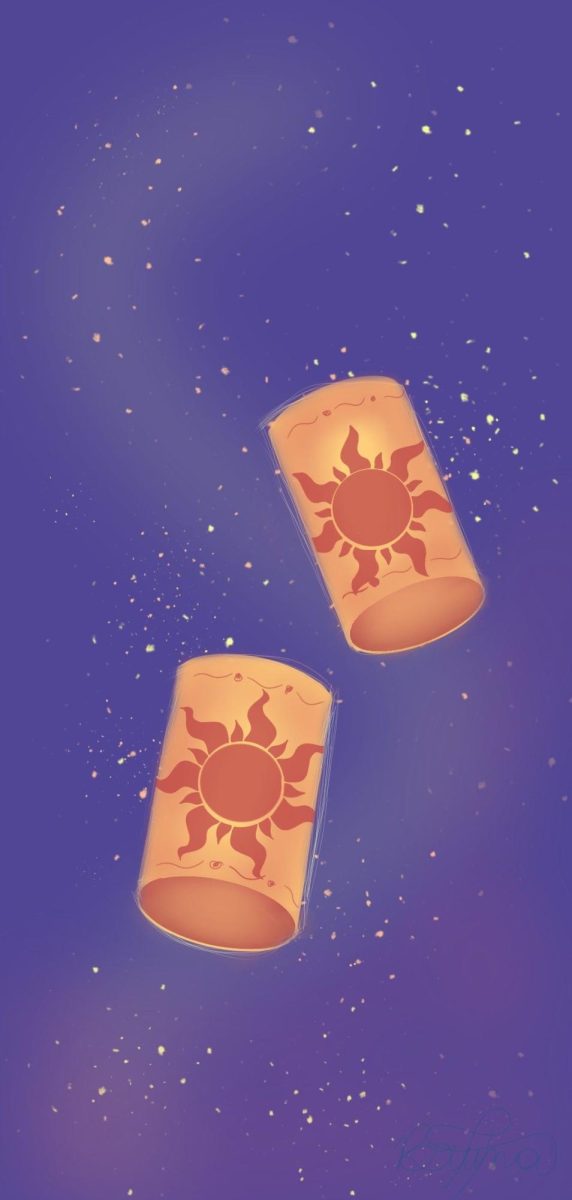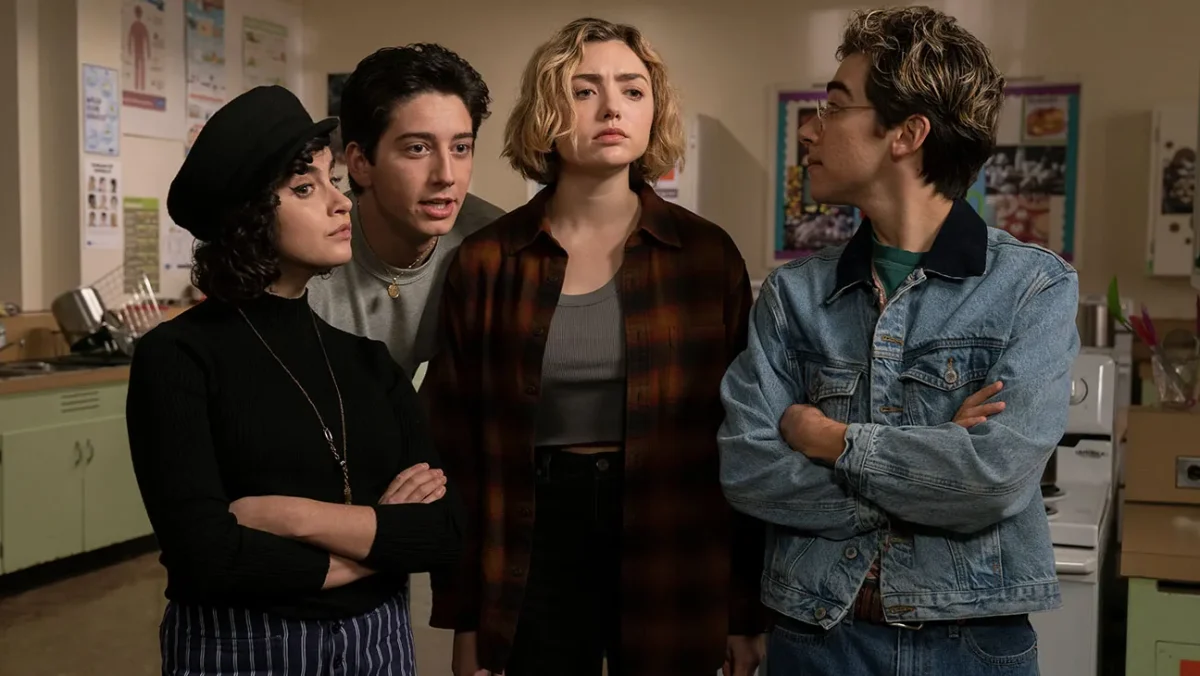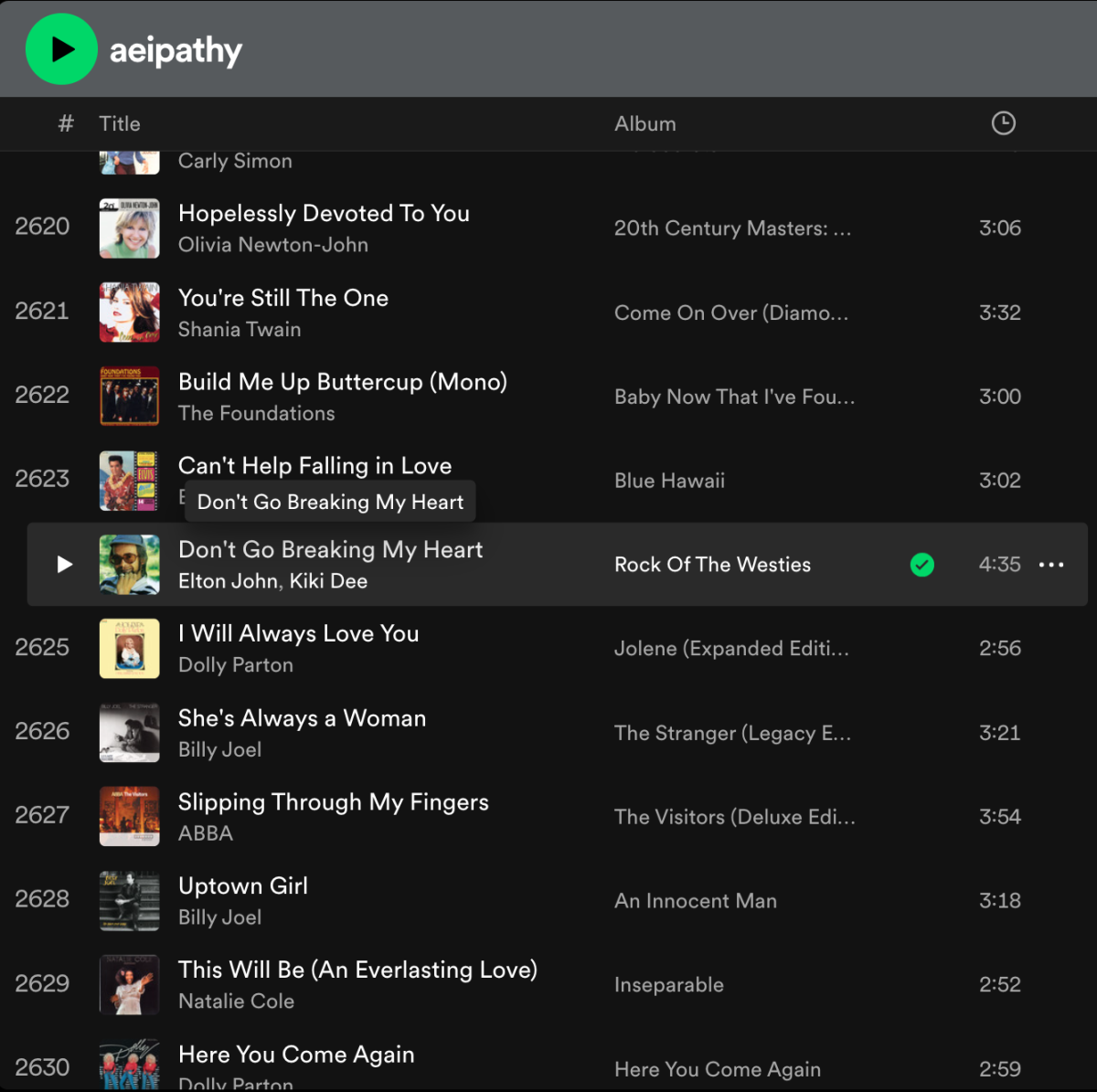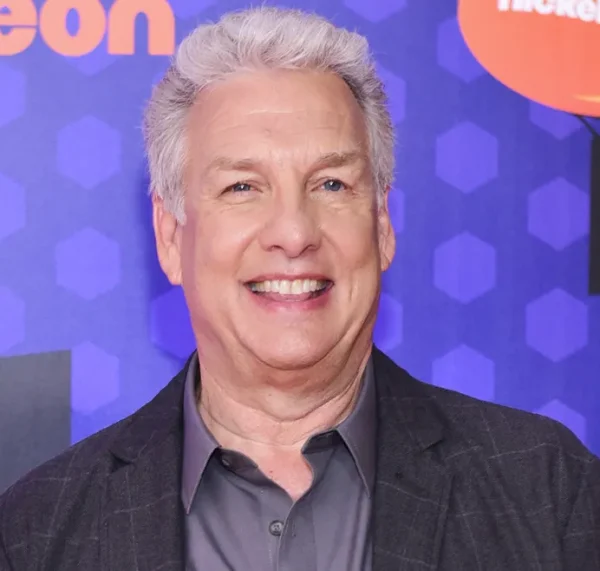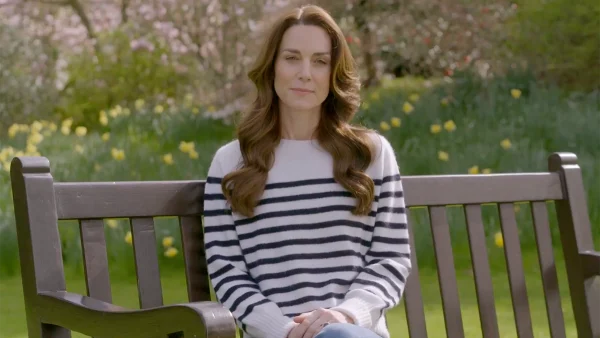A beginner’s guide to saving the world
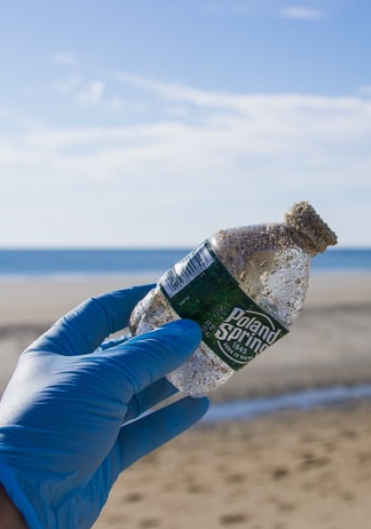
When I was seven I wanted to be a superhero.
I wanted a red cape that would flap behind me in the wind as I soared all over my city fighting crime like the Teenage Mutant Ninja Turtles or Batman were depicted doing in my favorite television programs.
As I’ve grown older, I’ve come to the conclusion that a red cape isn’t practical for everyday wear; it’d only get dirty, and it wouldn’t be efficient to wash it every day—capes are an air-dry item. That doesn’t mean I’ve lost my need to save the world though.
I, like most people, go on kicks of things. When I was eleven, I played the guitar for two weeks and then quit. But saving the world is something bigger than me teaching myself how to knit or deciding I needed every surface in my room to be covered in photographs only to tear them down a month later. Saving the world is going to take more than my puny attention span allows.
In honor of my attention span and my fellow human beings’, I’ve assembled a beginner’s guide of sorts.
One of my biggest roadblocks is that it’s expensive to save the world.
I’m a high school junior balling on a budget, and I can’t afford fancy paraben- and sulfate-free soap and organic orange juice. But there exist a few simple, cost-effective things we can do while trying to save money for gas.
An extremely easy way to be environmentally friendly is to invest in a reusable water bottle. Like the average teenager, I consume more coffee and less water than recommended by most doctors, but I’m trying to make a more conscious effort to stay hydrated, which means I carry a water bottle with me everywhere.
And according to National Geographic’s article “How the plastic bottle went from miracle container to hated garbage,” by taking a quick trip to Target and securing a cheap seven dollar water bottle, you’re helping to diminish the one million plastic bottles sold every single minute on a global scale.
On top of the massive consumption rate, National Geographic also touches on how plastic bottles and bottle caps are the third and fourth largest quantity of trash collected on beaches.
By using a plastic water bottle, you’re not only saving the world, you’re saving yourself from a lifetime of dehydration headaches and coffee addictions.
Another reason that it’s hard to be a Gen Z superhero is that I don’t own my own house—I can’t just walk around my house installing energy-efficient light bulbs, mostly because I can’t reach them, let alone afford it.
I always get those Spotify ads from Consumer Energy telling me how I can cut my electricity use in half by replacing my light bulbs, which sounds great, but isn’t practical for a girl on a budget, so I’ve discovered a few other things I can attempt to make my household more energy efficient.
I’m a high school junior balling on a budget, and I can’t afford fancy paraben- and sulfate-free soap and organic orange juice.
An easy way to reduce your individual carbon footprint is to carpool.
I’m a big fan of carpooling—mostly because I don’t like to drive by myself—as the benefit is that it uses less gas and emits fewer greenhouse gases into the ozone layer, further contributing to global warming. It also helps save money which is another added bonus.
A second cost-effective way is to reduce, reuse, and recycle.
For example, my family and I have a can bin in the garage. We are the gathering house for all events and parties, meaning we go through our fair share of aluminum cans which you can bring to the nearest grocery store and return for ten cents a pop can.
According to livegreen.com, within 60 days, a can is recycled and turned into a new can before being put back on store shelves to be sold again. Recycling cans saves energy, time, money, and natural resources.
My favorite bottle return locations, in order, are Forest Hills Foods, the Meijer by Celebration Cinema, and the grocery store up north near my cottage.
I always had a hard time getting started with my earth-conscious goals because I felt like I couldn’t do enough, so why do anything at all? But the world is in need of help, and whether you’d like to admit it or not, the science says it all. We have to do something, no matter how small.
The world doesn’t need a red cape-wearing superhero to save the world, it just needs us to care enough to change.

Emma is a senior and is starting her third and final year writing for The Central Trend. She spends most of her free time in the passenger seat of a...














